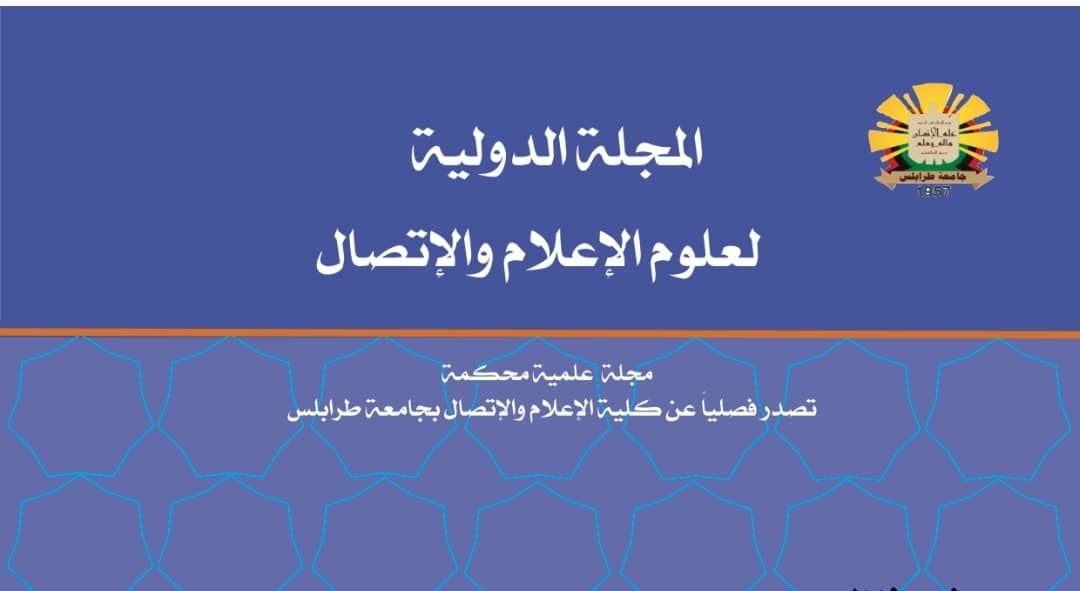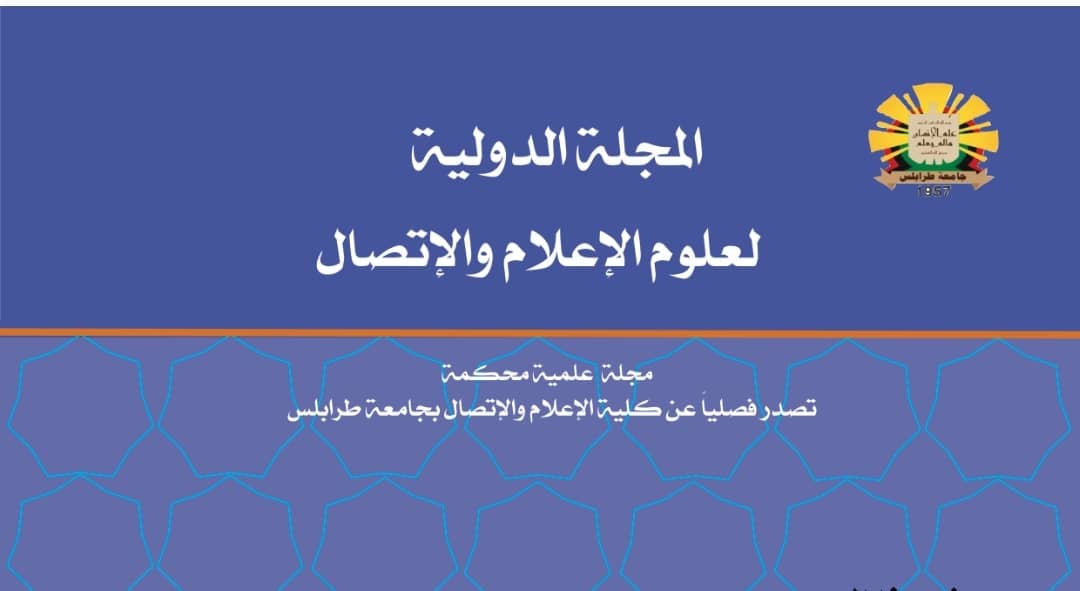توظيف نظرية الحديث والتلفظ في تحليل الاختلاف بين البُحاث في تعريفهم لمصطلح السيمائية
الملخص
الملخص
نُكّون من خلال هذا البحث مساحة جدلية لتوضيح "الاختلاف"، بين تعريف مصطلح "السيميائية"، لدى المشارقة والمغاربة المختصين بهذا المجال، فهناك من يرى أن المصلح يواجه إشكالية الترجمة وفوضى التعريف، فيما يرى آخرون أنها فوضى خلاقة تنقل العلم بتناقضاته ليتم العمل عليها بعمق من أجل فهمها وفك غموضها، ومن هنا اختارت الباحثة التطرق إلى "الاختلاف"، في تعريفات كل من:
الباحث المغربي محمد مفتاح.
الباحث الجزائري حسين خمري.
الباحثان المصريان: سيزا قاسم، وابوزيد نصر.
ومنها عمدت الباحثة إلى تحليل هذه النصوص (الخطابات) التي توفرت عليها من خلال نظرية الحديث والتلفظ لأميل بنفنست، على اعتبار أنها " الباحثة" متلق ٍ له تأويله الخاص، ولكن بطريقة منهجية علمية تخضع للإجابة على أسئلة الكيفيان (كيف؟) وليس بالاعتماد على الإجابة لأسئلة الماهيات (ما هو؟)، فتطرقت إلى كيف تناول البُحاث تعريفاتهم للسيمياء والبحث ليس في أوجه الشبه كالمعتاد وإنما في أوجه الاختلاف وحدها، وذلك من خلال المصادرات وشروط التعاقد التي ستطرحها الباحثة في خطاطتها.
كما توضح الباحثة ماهية الخطاب الذي لا ينحصر فقط في الخطابات أو الخطاب السياسي خاصة والمعتاد أيضا، وهذا ما شاع وما تعارف عليه في الأوساط كافة ; حيث دخل مصطلح " الخطاب " مؤخرا إلى الدراسات النقدية الحديثة بمختلف أشكالها، وبذلك يعد الخطاب هو كل رسالة اتصالية كلامية تتم بين مرسل ومتلقٍ، حتى وإن كان ذلك الكلام اليومي الروتيني ويتعداها إلى النصوص الشعرية والقطع الأدبية.
وإن كل نص (خطاب) يتكون من علامات اتصالية تستطيع أن تنظم نفسها في بنية لها آلياتها الخاصة والنوعية التي تنتج معنى ومهما كانت نوعية هذه العلامات الاتصالية سواء كانت: مكتوبة أو شفوية أو مرئية للأجناس الخطابية كافة (القطع الأدبية، الشعر، الخطب السياسية...الخ)، إضافة إلى إنها تحتمل " تعدد التأويل اللانهائي " وهذا لا يعني أن هذا التعدد هو تحليل عشوائي أو هذيان حدسي، بل هو تقنية منضبطة ومنهجية بالرغم من الفرضية القديمة القائلة بان الدلالة = المعنى، غير قابلة للقياس.
كلمات مفتاحية: السيميائية .. تحليل الخطاب ... نظرية الحديث والتلفظ... العملية الاتصالية.
Abstract
Through this research, we create a dialectical space to clarify the “difference” between the definition of the term “semiotics” among the Levantines and Moroccans who specialize in this field. There are those who see that the reformer faces the problem of translation and the chaos of the definition, while others see it as a creative chaos that conveys science with its contradictions to be worked on in depth. In order to understand it and unravel its ambiguity, the researcher chose to address “difference” in the definitions of:
Moroccan researcher Mohamed Moftah.
Algerian researcher Hussein Khomri.
Egyptian researchers: Siza Qasim and Abu Zaid Nasr.
From there, the researcher proceeded to analyze these texts (discourses) that were available to her through the theory of speech and articulation by Emile Benveniste, considering that she is the “researcher” and a recipient who has her own interpretation, but in a scientific methodological manner that is subject to answering the questions of the kifiyan (how?) and not relying on the answer. For questions about essence (what is it?), I touched on how researchers approached their definitions of semiotics and research, not in the similarities as usual, but in the differences alone, through the confiscations and contract terms that the researcher will present in her plan.
The researcher also explains the nature of discourse, which is not limited only to speeches or political discourse in particular, and also the usual one, and this is what is common and what is known in all circles. The term "discourse" has recently entered modern critical studies in its various forms. Thus, discourse is every verbal communication message that occurs between a sender and a recipient, even if it is routine daily speech and extends beyond poetic texts and literary pieces.
Every text (discourse) consists of communicative signs that can organize themselves into a structure that has its own specific mechanisms that produce meaning, regardless of the quality of these communicative signs, whether they are: written, oral, or visual, for all discursive genres (literary pieces, poetry, political speeches, etc.). .....etc.), in addition to that it tolerates "infinite multiplicity of interpretations." This does not mean that this multiplicity is random analysis or intuitive delirium, but rather it is a disciplined and systematic technique despite the old assumption that significance = meaning, which is not measurable.
Keywords: semiotics... discourse analysis... theory of speech and articulation... communicative process

